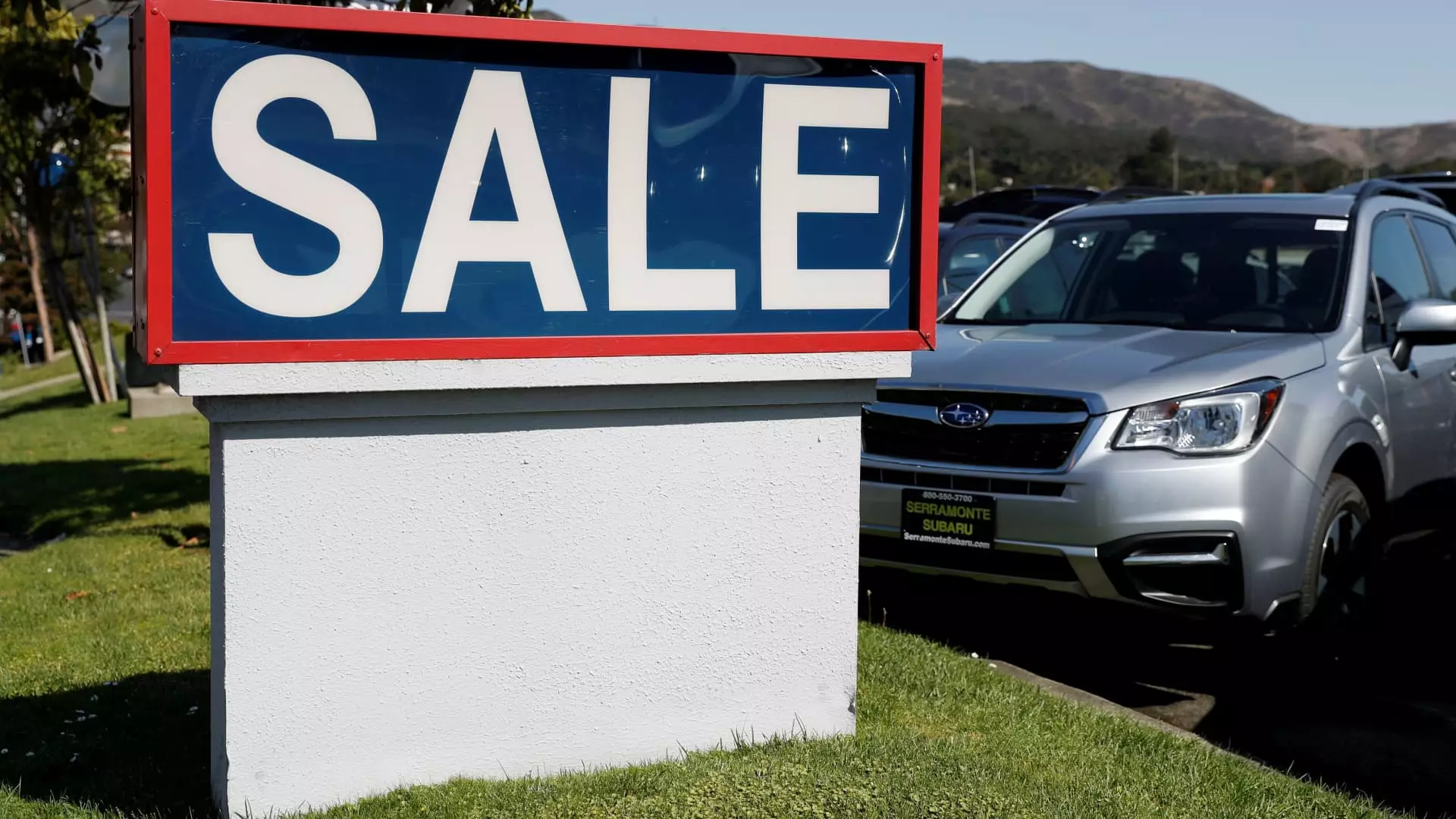As analysts forecast a notable resurgence in U.S. new vehicle sales for 2025, the automotive landscape is poised for transformation. With expectations to reach around 16.3 million light-duty vehicle sales, this figure represents a significant increase from anticipated sales ranging between 15.9 to 16 million in the current year. This rebound would mark the highest sales figures since the pre-pandemic peak of approximately 17 million vehicles in 2019. Analyst firms like Cox Automotive, S&P Global Mobility, and Edmunds justify this optimistic outlook by attributing it to lower interest rates and improving vehicle affordability, essential factors for price-sensitive consumers.
However, it is essential to realize that this projected growth constitutes a modest adjustment of 2.5% or less compared to this year’s expectations. While the increase offers a glimmer of hope for manufacturers and dealers alike, other nuances accompany this anticipated growth. The automotive market has witnessed sharp fluctuations in inventory levels and pricing as a result of disruptions stemming from the COVID-19 pandemic. The slow normalization of vehicle stocks and revived manufacturer incentives are crucial players in encouraging consumer purchases amid ongoing economic challenges.
Consumer sentiment continues to play a pivotal role in shaping market trends. According to Jessica Caldwell, head of insights at Edmunds, even though shoppers are still grappling with economic pressures, conditions have improved since the start of the year. As prices remain daunting, the entry-level vehicle segment is expected to experience notable growth as consumers navigate tighter budgets. Edmunds reported that the average transaction price for new vehicles declined slightly to $47,465 in 2024, although this still reflects a significant increase—27.2%—from 2019 levels.
Consumers’ ability to navigate vehicle pricing is also impacted by external economic variables, such as interest rates and financing options. While lower rates may entice buyers, there remains an undercurrent of uncertainty as various factors, including inflation, could influence future pricing dynamics. Wall Street analysts indicated concerns regarding sustainability in vehicle pricing, suggesting that rising inventories and a competitive market could pose challenges for manufacturers hoping to maintain high profit margins.
The automotive industry is also witnessing a shift toward electrified vehicles, which continues to reshape the market landscape. Analysts predict that all-electric vehicle sales could approach 1.3 million units in 2025, securing around 8% of market share—though this projection marks a decline from earlier expectations of 10%. This diminishing anticipation primarily arises from a forecasted reduction in sales for market leader Tesla for the first time since 2014.
Nevertheless, electric vehicle (EV) adoption remains on an upward trajectory, driven by consumer interest in sustainable transport options. The competition within the electrified vehicle segment is increasingly robust, with major manufacturers like Hyundai and General Motors progressively carving out market share. Recognizing this, analysts predict that approximately 25% of new vehicle sales could comprise electrified models, including more than 10% designated for all-electric vehicles.
However, this growth comes with caveats as regulatory uncertainties loom on the horizon, particularly regarding the potential removal of federal tax credits for EV purchasers. The potential end of these incentives poses a significant challenge to both manufacturers and buyers, as federal credits have been instrumental in stimulating consumer interest in electric vehicles.
Political dynamics play an undeniable role in the operation of the automotive market, often resulting in unpredictable shifts. With the impending transition of the U.S. presidency, uncertainties surrounding trade policies, particularly the prospect of tariffs of up to 25% on vehicles manufactured in Canada and Mexico, warrant attention from manufacturers and consumers alike. Jonathan Smoke from Cox Automotive emphasizes the potential for significant disruption within the market if these tariff threats come to fruition.
While acknowledging these political factors, analysts hold the view that any significant policy shifts are likely to evolve slowly, potentially allowing demand to rise in advance of harsh changes. This short-term increase could further complicate pricing strategies as automakers navigate increased consumer demands alongside rising production costs.
While optimism surrounds the projected growth for U.S. vehicle sales in 2025, underlying complexities regarding consumer behavior, pricing sustainability, market diversifications, and evolving political landscapes pose significant challenges for the automotive industry. Balancing consumer expectations with economic realities presents a critical imperative for manufacturers as they strategize for an uncertain yet promising future.

